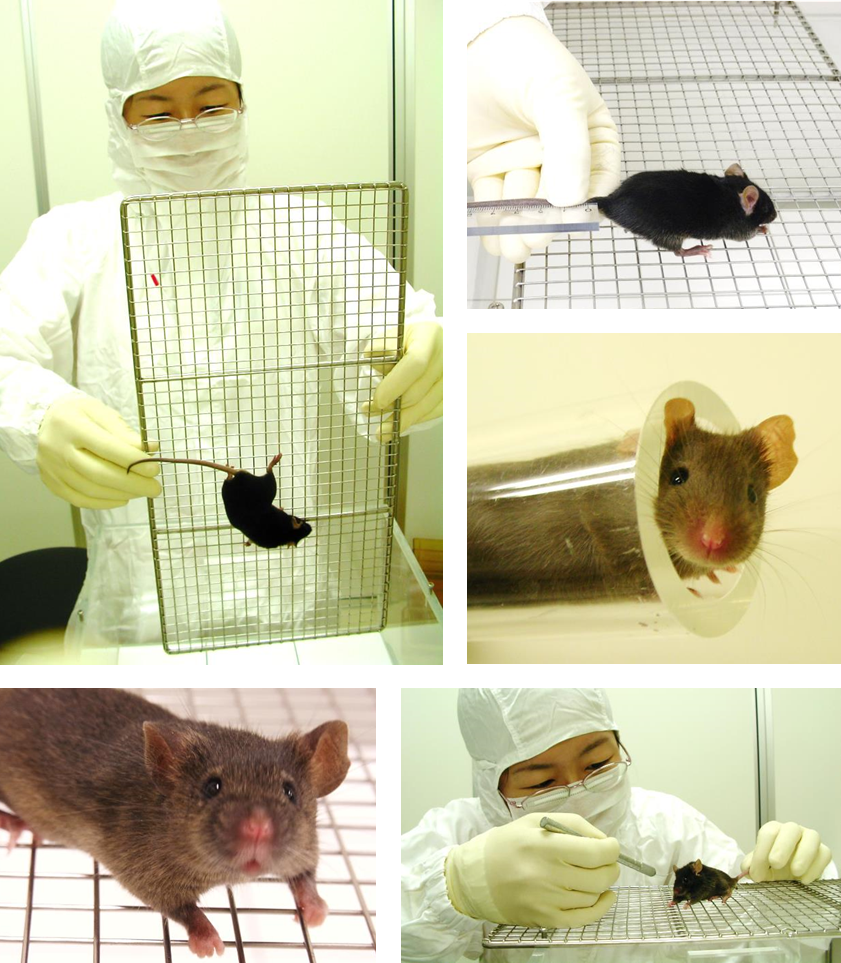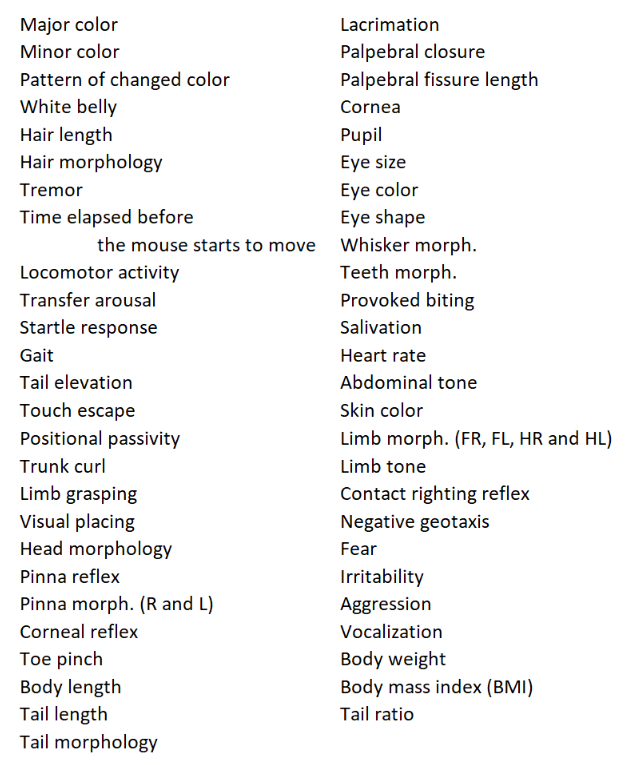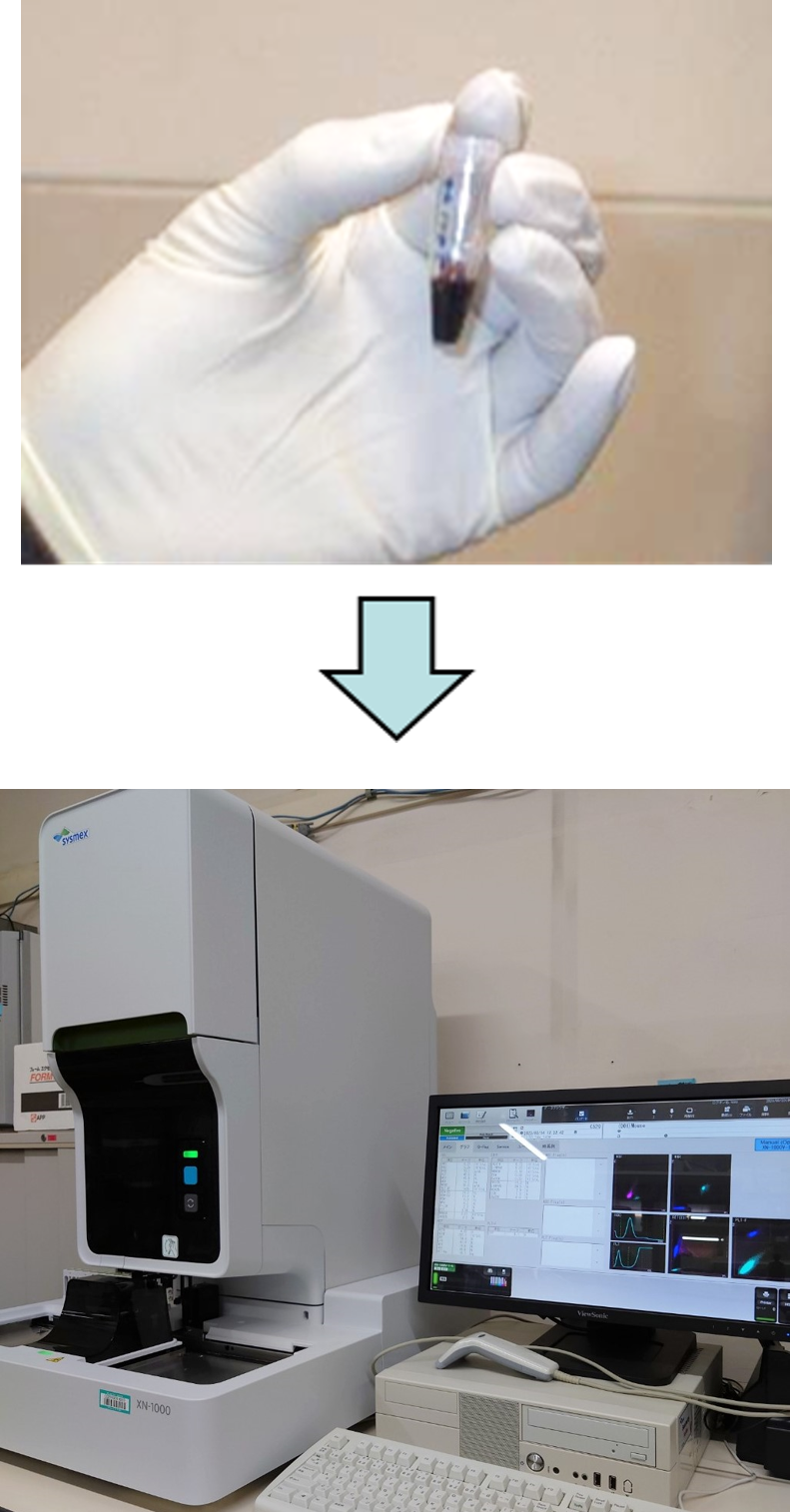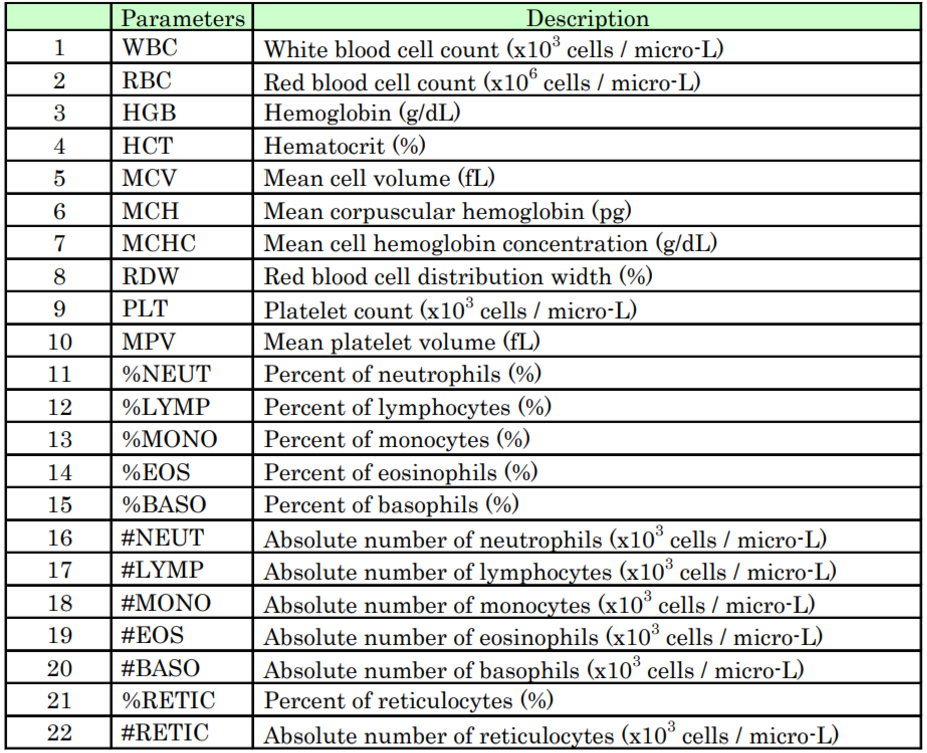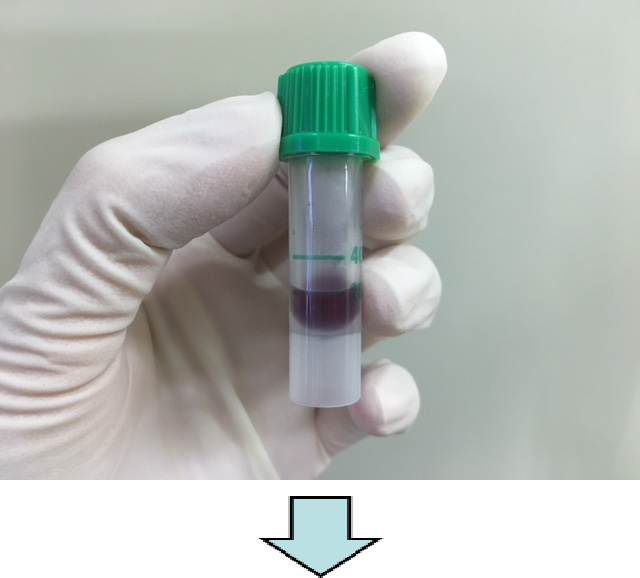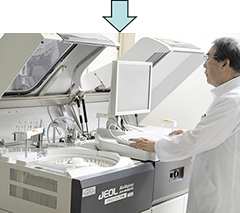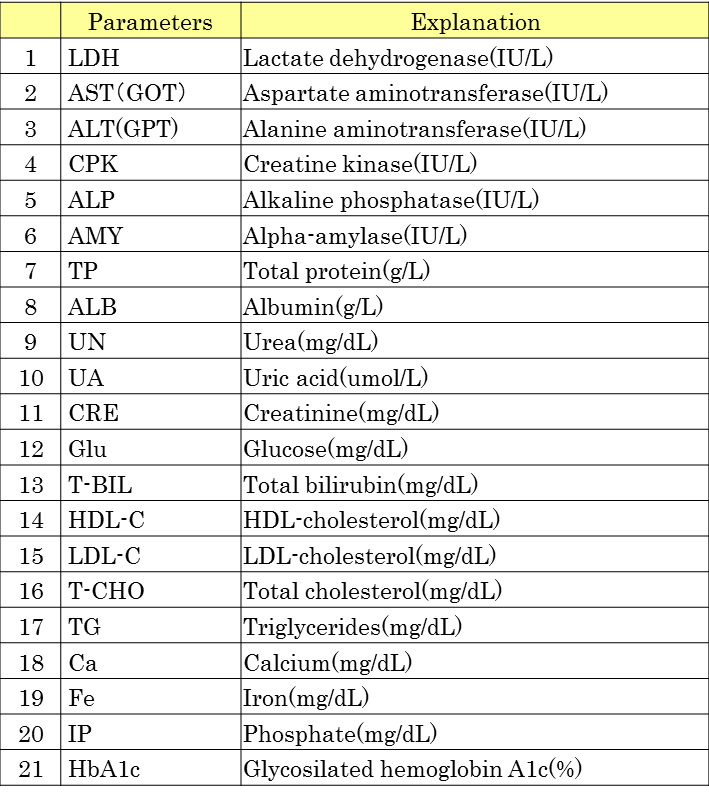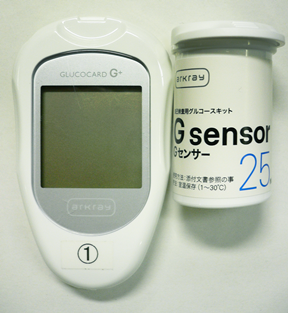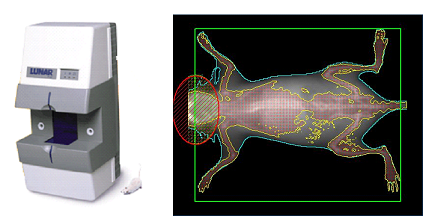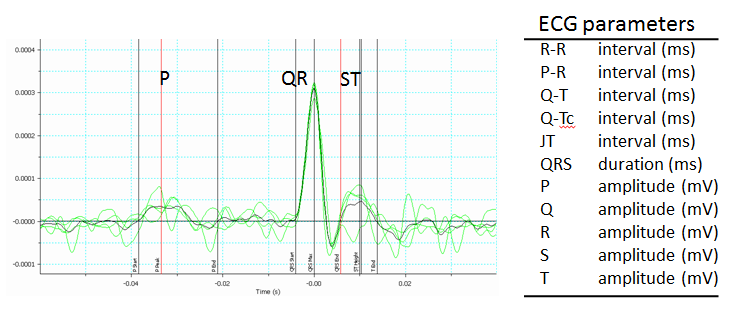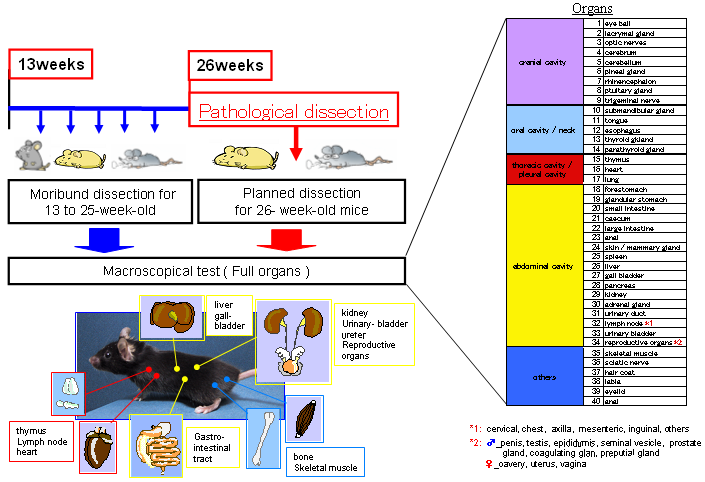| Japanese | |
| Clinic inspection (pipeline01) |
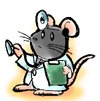
|
|
Pipeline 1 Comprehensive test items examining metabolic, blood/hematic, osseous/skeletal, cancer, cardiovascular, sensory, skin/fur, and neural/behavioral characteristics, construct pipeline 1. |
|
Blood Collection by retro-orbital puncture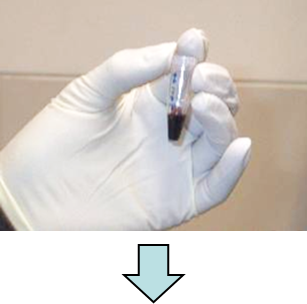
|
adipocytokine 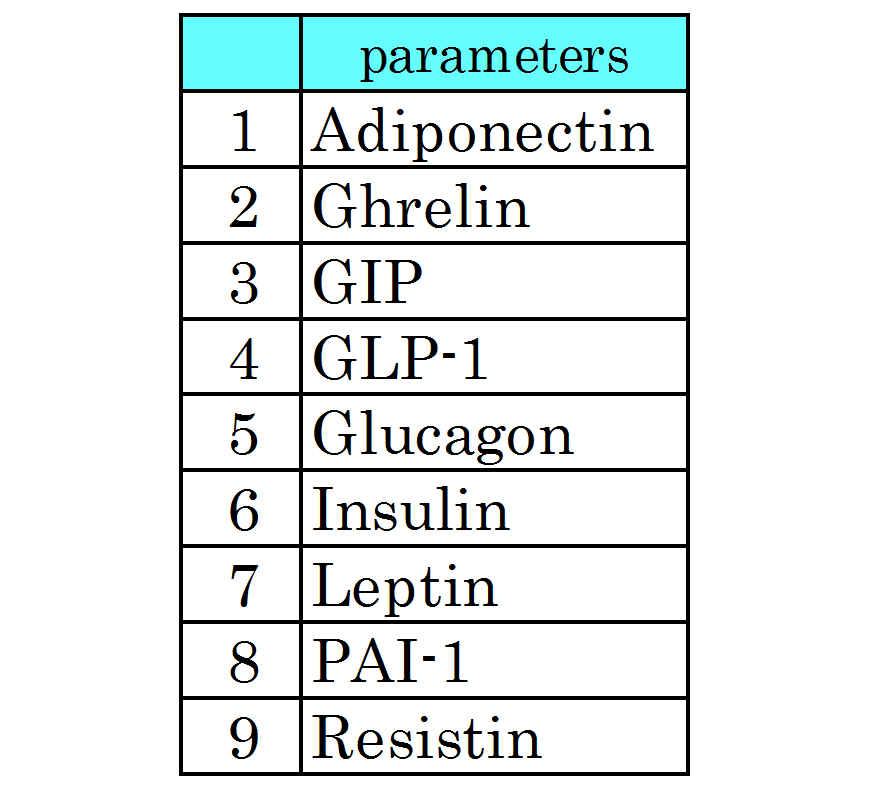
|
|
|
Centrifuge for serum separation |
||
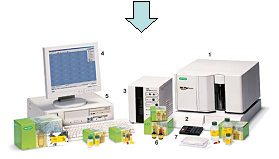 Analysis by multiplex suspension array system (BioPlex, Bio-Rad) |
||

|
|
|
Mouse retinal morphology is observed through the funduscope camera. Retina, blood vessels,and optic disc are observed in diluted eye. |
|
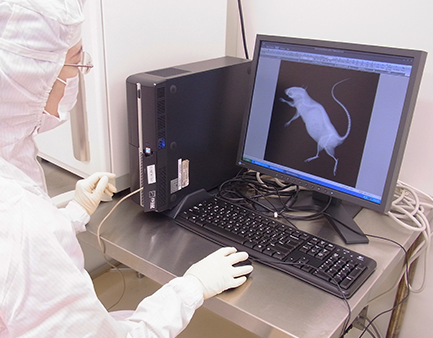
|
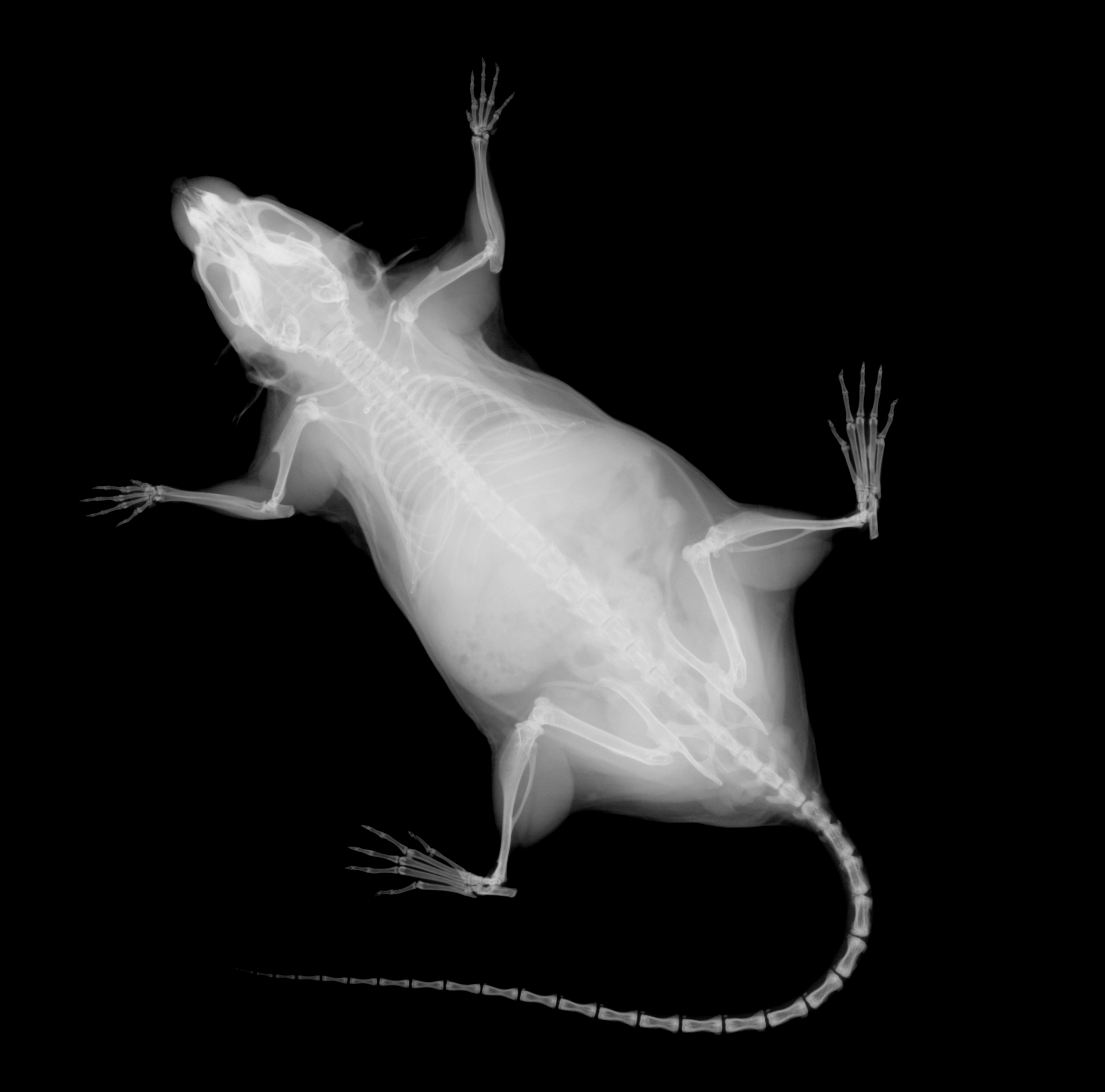
|
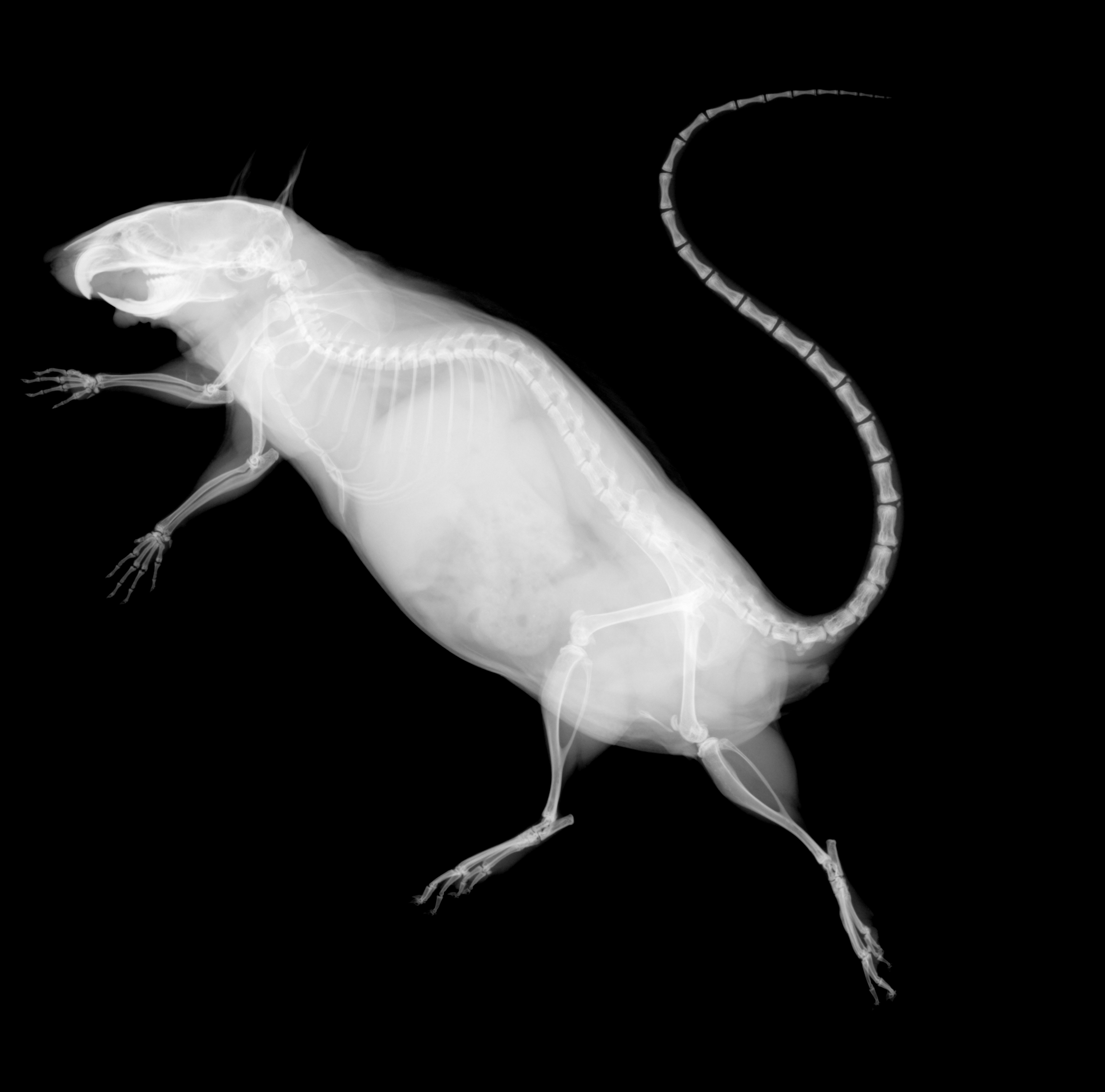 |
|
Bone morphology is observed, using x-ray systems for specimen radiography. |
||
| This test differentiates immune cell sub-populations via flow cytometry. | ||
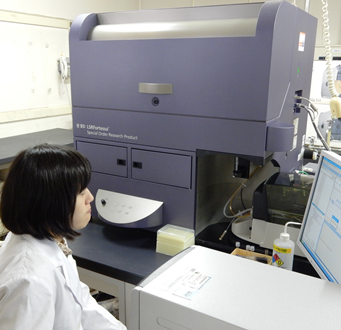 |
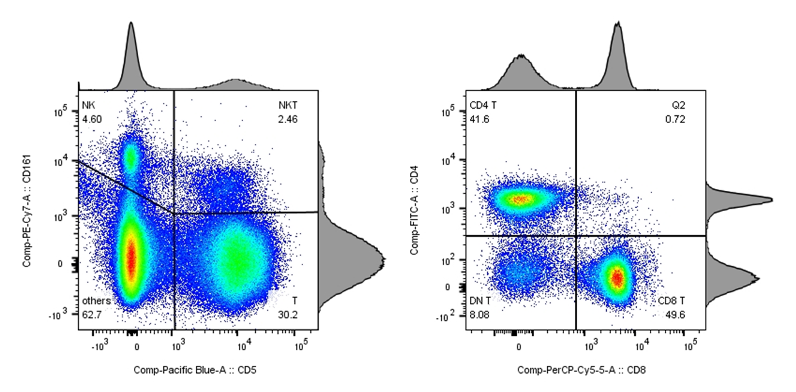
|
|
|
Measurement the mouse splenic cell by BD LSRFortessa |
Analysis of mouse T cells by FlowJo software |
|
| Parameters |
| TOP |
